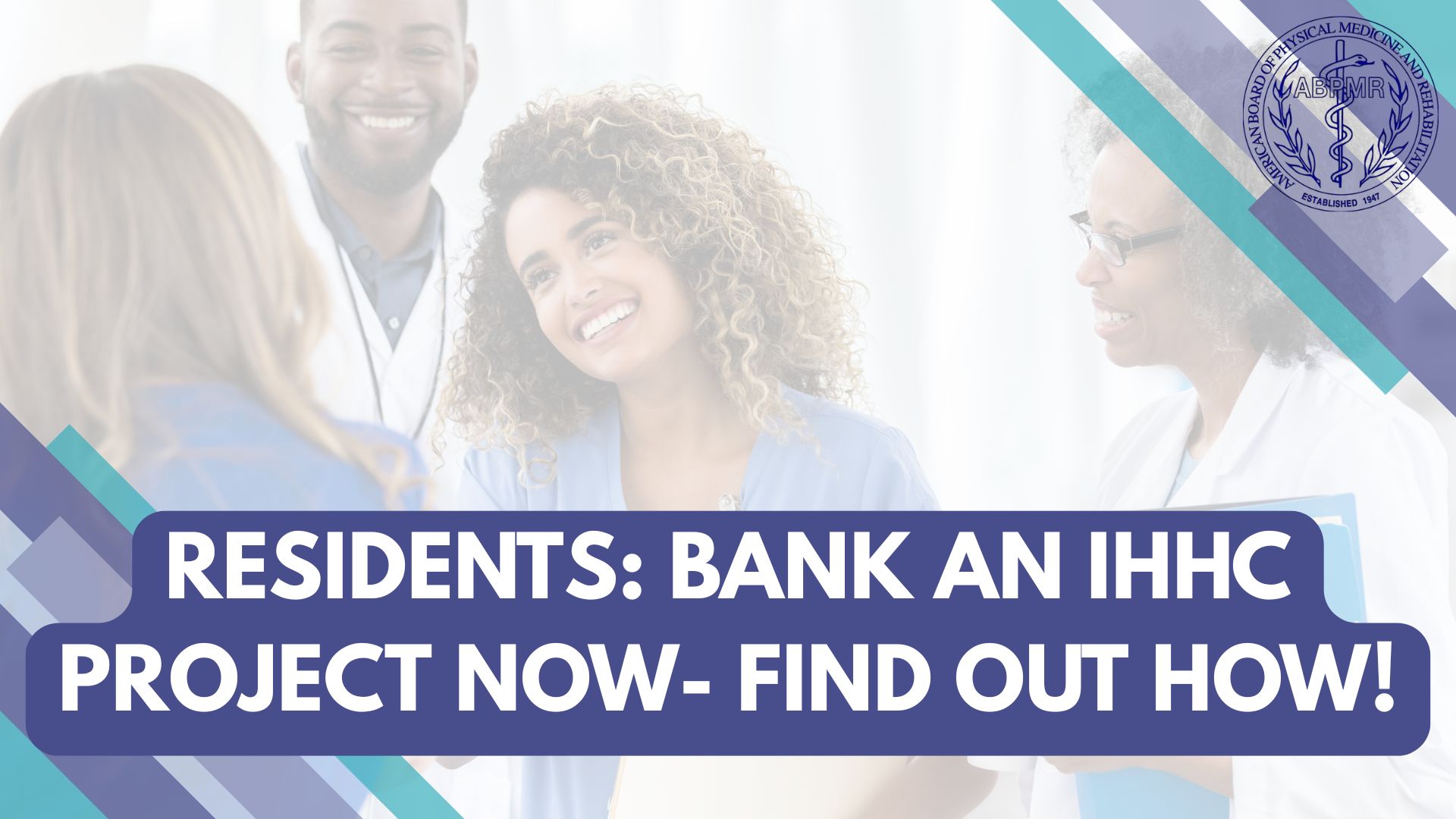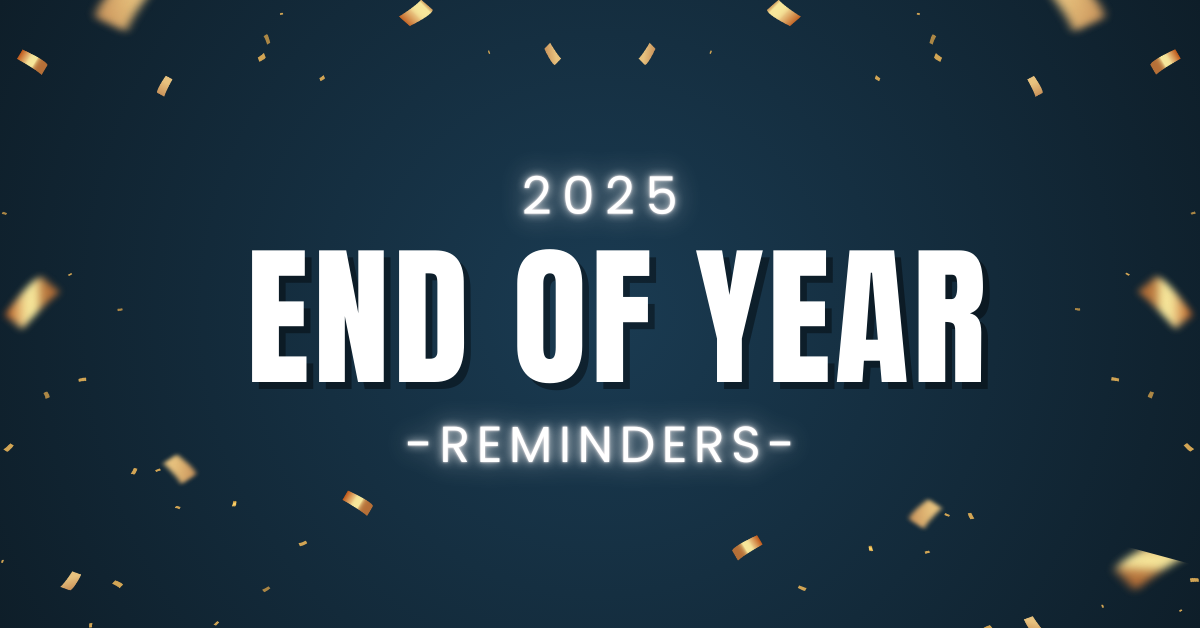CC
A Look at ABPMR Finances: Context and Guiding Principles

The American Board of Physical Medicine and Rehabilitation (ABPMR) and its board of directors are committed to upholding the quality and validity of its certification processes in alignment with our primary mission: to protect the public by ensuring certification is a valid measure of a physician’s knowledge, judgment, and skill.
The board also acknowledges the financial investment required of PM&R physicians to gain and maintain their board certification, and for this reason, the ABPMR is also dedicated to fiscal stewardship, including controlling costs and improving transparency.
With that in mind, we’d like to provide our diplomates with a little more context around the ABPMR’s financial principles and approach.
The following are the most common questions we receive regarding ABPMR finances:
How are ABPMR fees set, and when was the last time they were raised?
ABPMR examination fees and the annual MOC Program fee are set by the board of directors with these factors in mind:
- Cost of exam development and administration including editing, assembly, computer-based vendors, and scoring/validation
- Cost of MOC Program administration including customer support via email, phone, and at national meetings; innovations and advancements; and resources, including website content, print and digital assets
- Maintaining budget for long-term financial stability
- Minimizing financial impact to candidates and diplomates
MOC examination fees were last adjusted in 2015, the same year the MOC annual fee was raised to offset increased program costs and inflation. Prior to that, the MOC annual fee had been stable for 4 years, and the exam fee went unchanged for 7 years.
What else do fees cover?
In addition to covering the costs of developing and administering exams, fees also cover testing center fees and the evaluation and dissemination of exam results. Exam fees also fund credentialing, resident and fellow tracking and evaluation, and other functions related to board certification.
ABPMR staff numbers have grown in the last decade, but we still maintain a small and nimble team to administer all ABPMR examinations and programs, as well as provide information technology, communications, and administrative support to those programs. Our team’s diverse set of talents and skills makes them our most valued asset.
The 20-member ABPMR staff team is led by Executive Director Carolyn Kinney, M.D. Our entire team can be viewed here.
Are board directors paid by the ABPMR?
Notably, the board directors of the ABPMR are not paid for their considerable commitment to the ABPMR, including two board meetings annually, the Part II Examination on site in Rochester, Minnesota, in-person committee meetings, conference calls, and other board-related work on their own time throughout the year.
In addition to the all-volunteer board of directors, the ABPMR’s other volunteer positions also are unpaid, including item writers, oral examiners, associate committee members, and others. They commit their time and talents to support and advance the board’s mission. Quite plainly, the ABPMR wouldn’t exist without the work of its volunteers.
Why does the ABPMR have investments and reserves?
Like any business with sound financial policies, the ABPMR maintains an investment portfolio. In fact, investment income has made it possible to keep exam fees and annual fees relatively stable, since investment gains have covered losses in some programs and examinations.
Likewise, it is a nonprofit best practice to set aside reserves to reinvest in program improvements, keep up with technological advancements, cover contract commitments, and be prepared in the event of a sudden/unexpected expense or loss of revenue.
The ABPMR’s reserves policy is reviewed annually, along with an investment policy and other fiscal stewardship-related practices.
Other questions?
If you have additional questions about ABPMR finances or guiding principles, please contact the board office and we’d be happy to speak with you.



